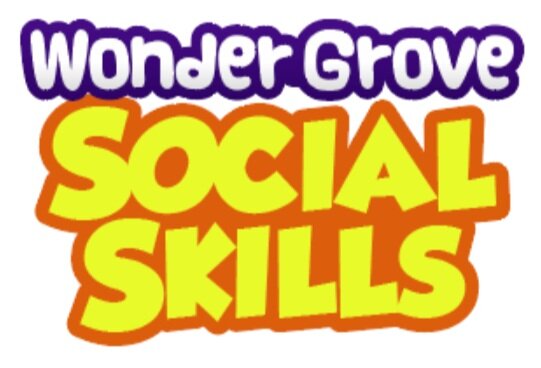7 Ways to Practice Fluency with K-2 Students
Fluency is the ability to read quickly with accuracy and precision, and it’s an extremely important skill to master in elementary! We recommend using a fluency passage throughout the week (we have hundreds connecting to positive classroom behavior!) and testing students for formative data on Monday and Friday. Below are seven ways to mix up fluency so that your students improve their fluency and enjoy what they’re doing.
Repeated Reading - Repeated reading is exactly what it sounds like and a great way to encourage students with their own data. When doing repeated readings, you should time a student and count the mistakes they made. Repeat this three times. By the third reading, the student will likely have improved in both speed and accuracy. Students are highly encouraged when you can tell them “Wow, you shaved 10 seconds off your speed and were 40% more accurate!”
Silly Voices - This technique works great with kindergarten and first graders. Silly voices is also exactly what it sounds like. As you do repeat readings as a class, you can engage students by having them read the passage in different voices (a robot, an alien, a pirate).
Self Recordings - This technique is great for 2nd, 3rd, and 4th-grade students and is easier than ever with the abundance of microphones in the classroom now (phones, computers, tablets, tape recorders)! One intervention specialist shared that when she wanted older students to practice fluency, she told them that they would need to record a fluency passage and make it really accurate because younger students were going to listen to it for practice (which was true!). Students are naturally motivated to “get it perfect” in this scenario, so they end up recording the passage multiple times until they are satisfied. You get a recording that will help younger students follow along with texts and your older students get quality fluency practice, win-win!
Modeled Pause Reading - When starting out with a new fluency passage, it is beneficial to do modeled pause reading as a group. With this technique, you read the fluency passage and pause at random words. Your students then say the word you stopped at. This ensures students are following along while they hear the reading being modeled.
Choral Reading - Choral reading is great when you are trying to teach pacing. With this method you can, as a class, ensure that no one is reading too fast and lacking comprehension. We also wanted to note here that modeling is so important when it comes to fluency (and everything else! We use positive behavior modeling in all of our WonderGrove Social Skills videos)! Some students think that being done first is best - this is not the case with fluency. While we want to encourage speed, we also want to encourage comprehensive reading.
Partner Reading - During the middle of the week is a great time to do partner reading. Pair your students with a partner and have them read the fluency passage back and forth. During this time, you can work with a group of students that may need a little more practice. If students disagree on a word with their partner, they can highlight them and ask you when you’re done with the smaller group.
Backward Reading - We know. It’s controversial. But hear us out! Backward reading is another technique that is exactly what it sounds like. After a couple of days of practice with one fluency passage, it’s likely that your students will memorize the passage regardless of their reading level. We recommend backward reading because while comprehension is the most important reading skill, we still need to ensure that students are able to recognize words out of the flow/rhythm of the fluency passage. Just think of it as reading down a word list using a resource that the students already have in front of them!
At the end of the week, you can “retest” your students (measure their time and accuracy). This data is so valuable when it comes to planning reading supports in all subjects! WonderGrove has hundreds of leveled fluency passages. Yep, that means easy differentiation—you can hand out similar fluency passages to your students depending on their readiness level! Plus our fluency passages focus on positive classroom behaviors like “Pay Attention When the Teacher is Teaching,” “Always Be a Good Sport,” and “Keep Your Hands to Yourself.” Learn more about bringing 300+ animated lessons and 2000+ printable extension lessons to your classroom here!
